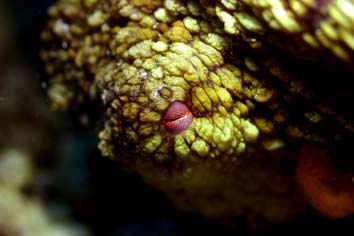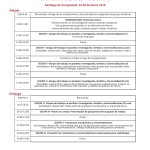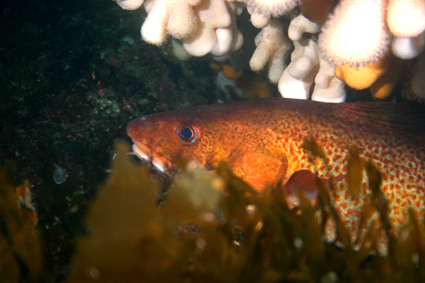El foro tendrá lugar en Santiago de Compostela entre el 24 y el 25 de enero y está co-organizado por el proyecto GAP y WWF. Asistirán 70 expertos de Galicia, Asturias y el Norte de Portugal, pertenecientes a distintos ámbitos, como la pesca, la administración o la ciencia que analizarán la situación actual de la pesquería, compartirán iniciativas surgidas en los distintos territorios y elaborarán recomendaciones para mejorar la gestión de esta pesquería a largo plazo.

Ojo de un pulpo (Pablo Pita).
Se trata de una de las pesquerías artesanales más tradicionales y económicamente relevantes del Noroeste peninsular, pero su gestión ha venido generando conflictos entre los pescadores y los responsables políticos.
En Galicia y Asturias, un tercio de los barcos que operan en aguas costeras tienen licencia para capturar pulpo con nasas, por lo que tanto WWF como GAP creen fundamental fomentar la participación del sector pesquero y promover el intercambio de experiencias en pesca sostenible.
Programa del foro:



